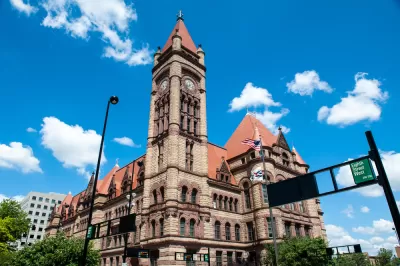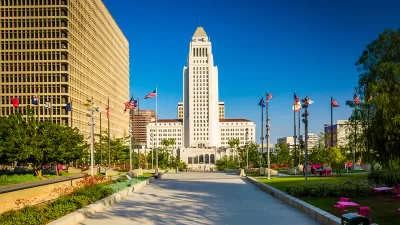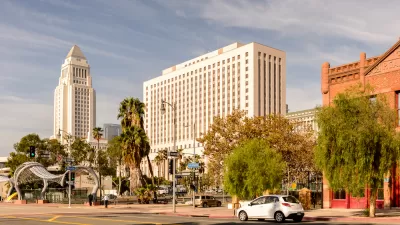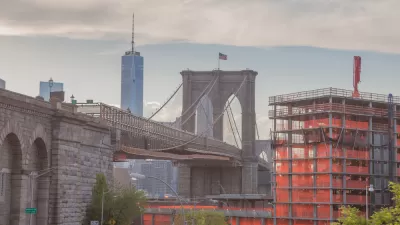Corruption is a common companion to the development approvals process—Cincinnati is no exception. But Cincinnati is attempting a new approach to conflicts of interest.

Madeline Ottilie reports on a drastic response to a corruption scandal rocking the Cincinnati City Council: a ban on developer political contributions.
Ottilie reports that a law approved last week by the Cincinnati City Council bars elected officials "from accepting or asking for donations from developers that have business before council."
Three city councilmembers faced federal indictment on corruption charges in 2020: Tamaya Dennard, Jeff Pastor, and PG Sittenfeld.
Among the large cities in the United States, only Los Angeles rivals Cincinnati with the breadth and depth of corruption indictments in recent years. In October, Los Angeles Councilmember Mark Ridley-Thomas became the latest to face federal indictment in that city, but Los Angeles has yet to take such drastic action to quell the recent spate of corruption charges.
All three corruption charges in Cincinnati involved the development process, according to Ottilie's article, and accordiing to sources cited in the article, the city now has a reputation as a "pay-to-play" government. Liz Keating, Cincinnati council member and candidate for reelection, is quoted in the article saying the council should have gone further in limiting the potential for corruption in the development approvals process. The source article includes more detail about the limits of local power in limiting political donations.
FULL STORY: Cincinnati city council passes ban on developers to cut down on corruption

Maui's Vacation Rental Debate Turns Ugly
Verbal attacks, misinformation campaigns and fistfights plague a high-stakes debate to convert thousands of vacation rentals into long-term housing.

Planetizen Federal Action Tracker
A weekly monitor of how Trump’s orders and actions are impacting planners and planning in America.

In Urban Planning, AI Prompting Could be the New Design Thinking
Creativity has long been key to great urban design. What if we see AI as our new creative partner?

King County Supportive Housing Program Offers Hope for Unhoused Residents
The county is taking a ‘Housing First’ approach that prioritizes getting people into housing, then offering wraparound supportive services.

Researchers Use AI to Get Clearer Picture of US Housing
Analysts are using artificial intelligence to supercharge their research by allowing them to comb through data faster. Though these AI tools can be error prone, they save time and housing researchers are optimistic about the future.

Making Shared Micromobility More Inclusive
Cities and shared mobility system operators can do more to include people with disabilities in planning and operations, per a new report.
Urban Design for Planners 1: Software Tools
This six-course series explores essential urban design concepts using open source software and equips planners with the tools they need to participate fully in the urban design process.
Planning for Universal Design
Learn the tools for implementing Universal Design in planning regulations.
planning NEXT
Appalachian Highlands Housing Partners
Mpact (founded as Rail~Volution)
City of Camden Redevelopment Agency
City of Astoria
City of Portland
City of Laramie





























